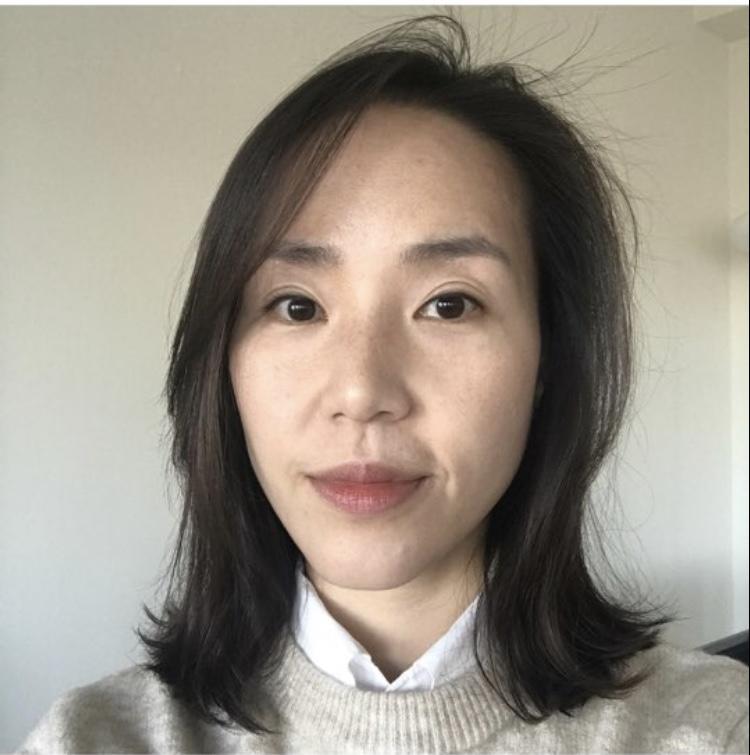 Sung Eun Choi, PhD, SM, is an instructor in oral health policy and epidemiology at Harvard School of Dental Medicine (HSDM). She works with the Initiative to Integrate Oral Health and Medicine on using mathematical modeling to assess the health and economic outcomes of various health policy and healthcare decisions under uncertainty.
Sung Eun Choi, PhD, SM, is an instructor in oral health policy and epidemiology at Harvard School of Dental Medicine (HSDM). She works with the Initiative to Integrate Oral Health and Medicine on using mathematical modeling to assess the health and economic outcomes of various health policy and healthcare decisions under uncertainty.
Tell us a little bit about your background.
I’m originally from South Korea, and I came to Unites States in the ninth grade. I received my bachelor’s degree in business administration from Carnegie Mellon University, after I which I earned my master’s degree in biostatistics from Harvard T.H. Chan School of Public Health.
After receiving my master’s degree, I worked as a research associate at Massachusetts General Hospital; during both experiences, I began applying my skills to healthcare-related decision science projects. I attended Stanford University for my PhD in management science and engineering with a focus in health policy, and I began working at HSDM after graduating in 2018.
How long have you been collaborating with the Initiative to Integrate Oral Health and Medicine? Discuss your role.
I have been working with the Initiative since I joined the faculty at Harvard. I have mainly been engaged in research to raise awareness around the importance of oral health as it relates to overall health. My projects have ranged from evaluating the links between oral health and other chronic conditions, to examining the cost-effectiveness of oral health treatment or policy interventions at the population level using simulation modeling.
What are some of your current projects that are related to the Initiative and/or CIPCOH?
Much of my work involves simulation modeling, which is utilizing data from multiple sources to create a synthetic population that mimics the real population. I then use data engineering to predict possible outcomes for the future, which can be helpful for everything from healthcare to policy planning.
By analyzing administrative claims and electronic health records (EHR) data, I am investigating the relationship between oral health and chronic conditions and the benefits of involving dentists in cancer treatments. Using simulation modeling, I have assessed the impacts of regulatory policy interventions, such as restricting sugar-sweetened beverage purchases among those enrolled in the Supplemental Nutrition Assistance Program (SNAP).
I also recently received a Research Career Development Awards (also known as a K award) from the National Institute of Minority Health and Disparities for reducing oral health disparity in children using predictive analytics and modeling. My work with the Initiative laid the groundwork for this research, in which I’m investigating the influence of race and ethnicity on the progression of dental cavities. By identifying high-risk groups of individuals, I hope to be able to help inform targeted policy interventions and assess the cost-effectiveness and value of dental care for different populations.
What interested you in integrating the technology of data science within the oral health industry? 
There is a lot of opportunity to use data science research in dentistry, in part because it hasn’t been done very much so far. We’re in a data-infused era of medicine in which we can provide a more complete picture to improve the overall health of everyone from an individual to the world’s population, and I want to contribute to that.
How has the COVID-19 pandemic highlighted the importance of an interprofessional approach to oral health, primary care, and overall health?
We have worked on several projects evaluating the impact of the pandemic on dental care, and we saw a huge decrease in preventative services. School-based prevention for children was suspended when schools went virtual, and patients were delaying care visits to dental practices unless they had symptomatic conditions, such as tooth pain or bleeding.
This decrease in preventive care really highlights the importance of interprofessional collaboration among primary care doctors and dental providers—such as pediatricians performing fluoride varnishes for children, or dentists doing screenings for chronic conditions, such as hypertension—to ensure that people are getting consistent, holistic care.
In your opinion, what does the future of integrated primary care and oral health look like?
Hopefully, we can move more in the direction of a system that provides more complete healthcare between co-located integrative care practices. To successfully implement that, we need to have access to electronic healthcare records. Having access to a more complete picture of patients and their health—instead of relying on self-reported medical histories, which can be flawed—will facilitate decision-making for all providers.
